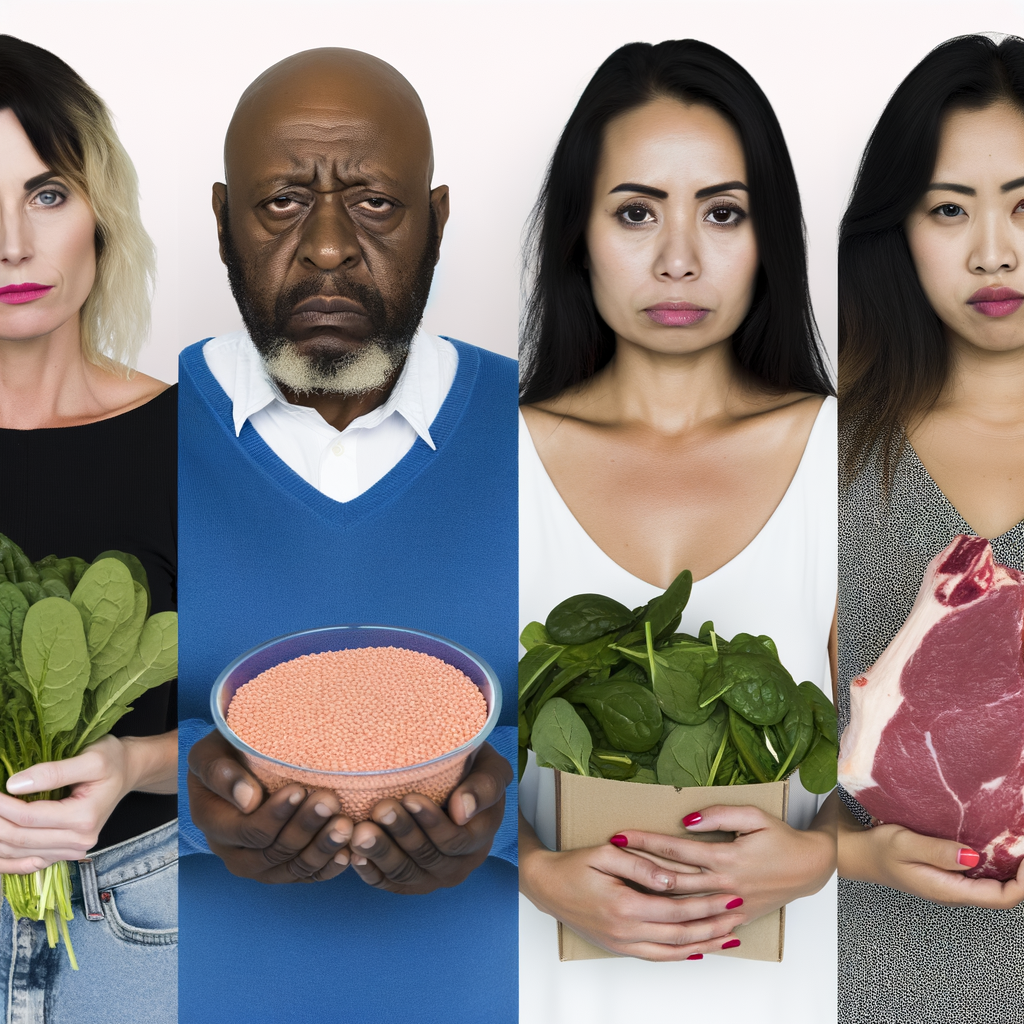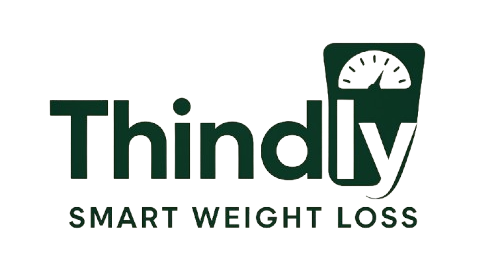
Recognizing the 10 Signs of Low Iron in Your Body
Are you often sent reeling from unexplainable fatigue, or have you noticed drastic changes in your hair and skin texture? These could be more than just signs of aging, especially for women over 40. A possible underlying cause might be low iron levels, a common yet frequently overlooked condition. Here, we discuss the crucial signs that might indicate your body is yearning for more iron.
What Does Iron Do in Your Body?
Iron is a vital mineral responsible for many body functions, primarily for making hemoglobin, a component of red blood cells that transfers oxygen from your lungs to organs and tissues throughout the body. When iron levels dip too low, your body can’t produce enough healthy red blood cells, leading to iron deficiency anemia. This condition can trigger a variety of symptoms, affecting your overall health, mood, and energy levels.
10 Crucial Signs You Might Be Running Low on Iron
- Unusual fatigue and weakness: Even after a full night’s sleep, if you still feel drained, this could be one of the 10 signs of low iron.
- Pale skin: Hemoglobin gives skin its rosy color, so low levels can cause your skin to lighten dramatically.
- Shortness of breath: With low hemoglobin, even minimal physical activities might make you feel out of breath.
- Heart palpitations: Without enough iron, your heart must work harder to pump blood, leading to irregular heartbeats or the feeling that your heart is pounding unusually hard.
- Headaches and dizziness: An iron-deficient body often struggles with oxygen transportation, which can lead to frequent headaches or spells of dizziness.
- Hair loss: When hair follicles don’t get enough oxygen due to reduced hemoglobin, it can lead to hair falling out at a faster rate.
- Swelling and soreness of the tongue and mouth: Look out for a swollen, inflamed tongue or sores in the mouth as indicators of low iron levels.
- Cold hands and feet: Iron deficiency affects your circulation and can result in feeling excessively cold in normally warm conditions.
- Brittle nails: If you notice your nails breaking more easily than usual, this could be a sign of low iron.
- Unusual cravings for non-nutritive substances: A craving to eat ice, dirt, or clay, a condition known as pica, could signal iron deficiency.
If you’re noticing several of these issues, it’s crucial to consider that you might be experiencing signs of low iron. Iron supplements and diet changes can help, but it’s important to consult with a healthcare provider to get a proper diagnosis and treatment plan.
Addressing Iron Deficiency
For women over 40, managing iron levels is particularly important. Here are some actionable tips:
- Boost iron intake through diet with iron-rich foods such as red meat, beans, and spinach.
- Consider iron supplements after discussing with your healthcare provider.
- Pair iron-rich foods with vitamin C (found in citrus fruits) to enhance absorption.
- Avoid drinking coffee or tea close to meal times since tannins can inhibit iron absorption.

Checking your iron levels through a simple blood test is also advisable if low iron signs are apparent. Such proactive health management becomes crucial as you age, ensuring you maintain your vitality and wellness long-term.
Often, the journey to improving iron levels is interlinked with better overall energy management within the cells. If you’re aiming to not only balance your iron levels but also enhance your cellular energy, focusing on a holistic approach to health can lead to better long-term outcomes. Women often overlook their micronutrient intake, yet this plays a pivotal role in every aspect from energy synthesis in cells to maintaining a healthy metabolism as we age.
Achieving a balanced diet rich in essential nutrients and possibly supplementing based on professional advice can make significant positive adjustments to both health and energy levels. We’ve seen firsthand how effective tailored solutions can be in cheering women along their health journeys. From cellular energy to overall vitality—with every small step, the benefits can be substantial.
For women over 40, understanding and managing symptoms like those possibly due to the top 10 signs of low iron is crucial. By keeping an eye out for these signs and taking actionable steps towards amending these deficiencies, you can help reclaim your energy and well-being. The interconnection between micronutrient balances like iron, cellular energy, and overall metabolic function is profound.
Consider taking the Thindly’s health quiz or reviewing our latest insights on cellular energy supplements to learn more about how your micronutrient needs change over time and how you can be proactive in managing your health for a luminous tomorrow. Every journey towards better health starts with understanding and taking small, determined steps toward improvement.
Click here to discover how to support your cellular energy and fat metabolism naturally.
Did You Know?
Many people walking around today — even those who are slim, active, or eat “healthy” — may already have early signs of insulin resistance without even knowing it.
Blood sugar imbalances often develop silently over time, leading to fatigue, stubborn belly fat, and cravings that just won’t go away.
Staying on top of your metabolic health isn’t just about diet — it’s about understanding how your body responds to glucose, even when everything seems fine on the outside.
